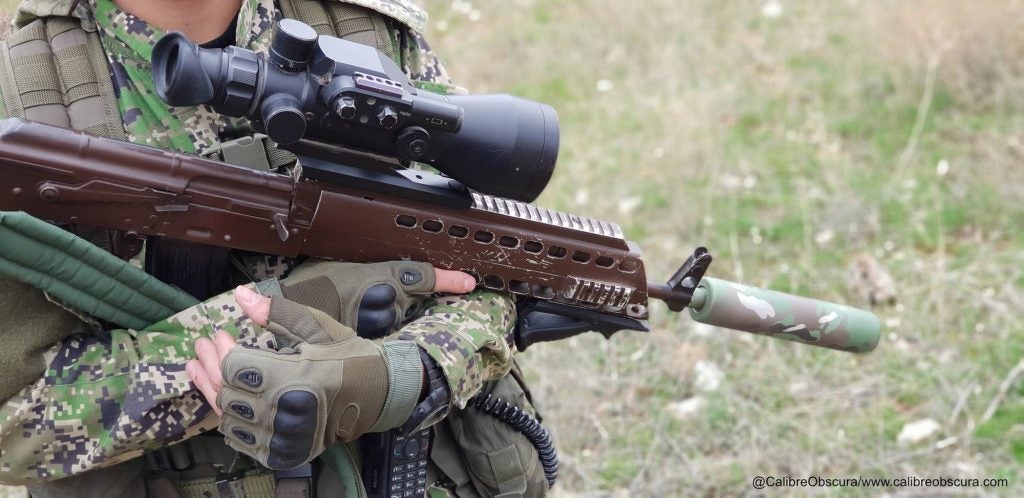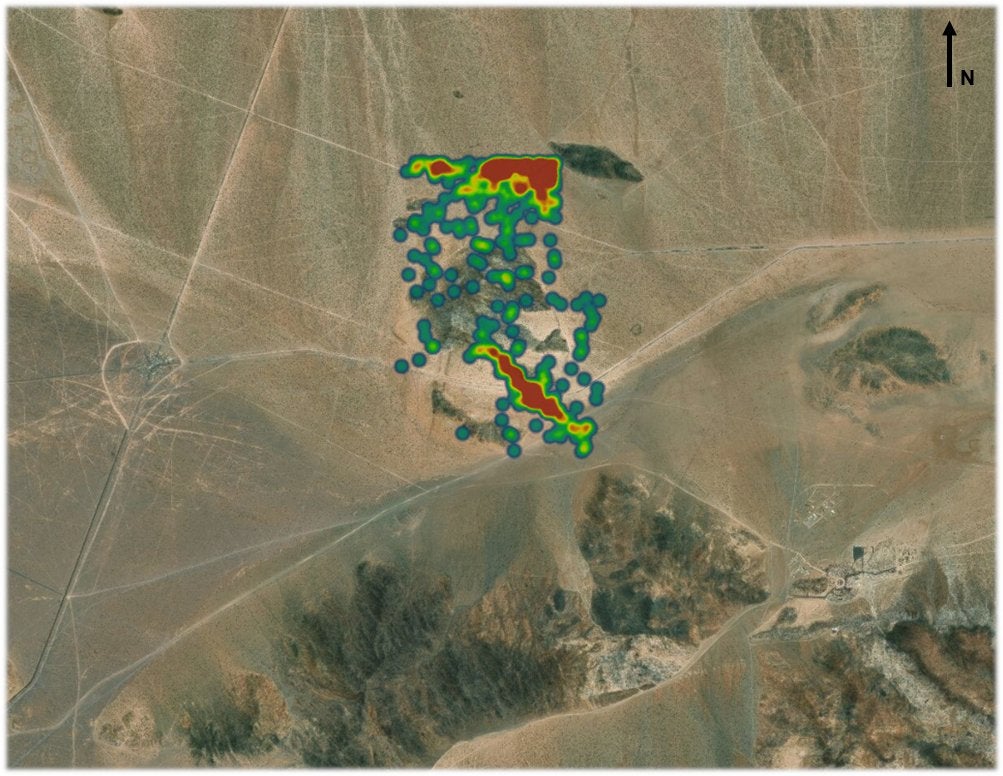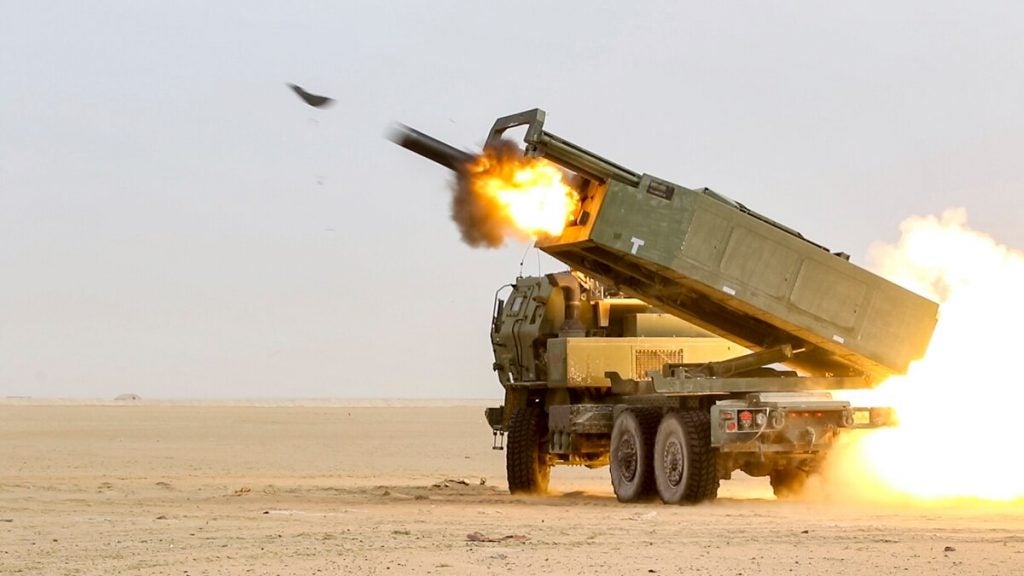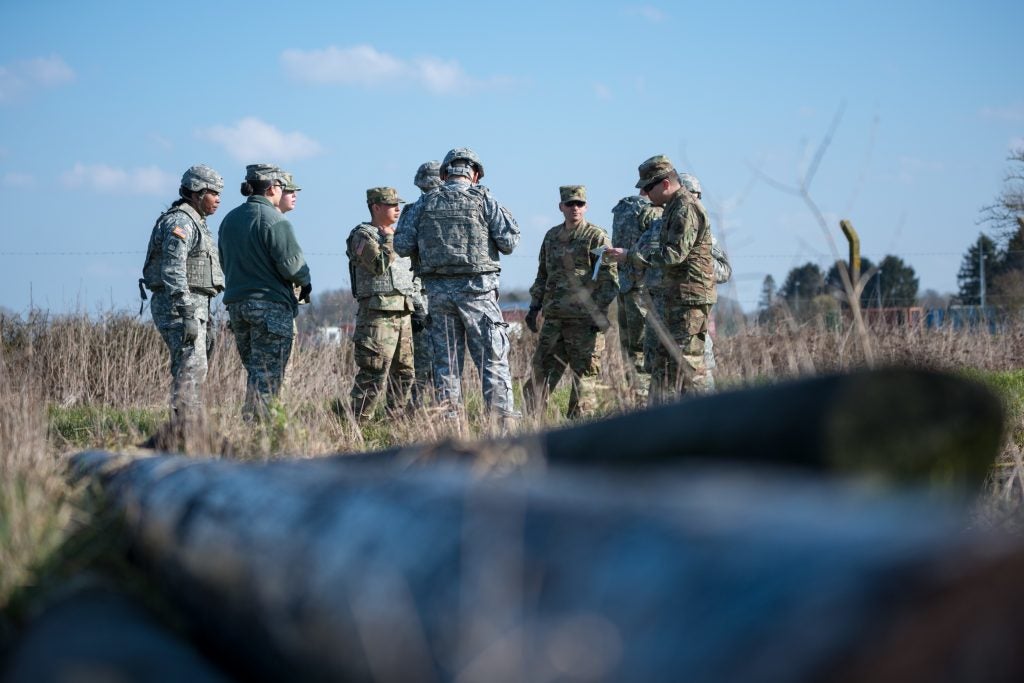International Armoured Vehicles 2021: Evolving Threats, Evolving Leaders
United States Army Training and Doctrine Command’s (TRADOC) Deputy Commanding General, Lieutenant General Theodore D. Martin, gave a presentation at International Armoured Vehicles 2021 on some concepts TRADOC has for the future of warfare and how to train the US Army for a future where the line between the “constant drumbeat of the competition phrase” and conflict becomes ever more blurry.
Lieutenant General Martin described the Gulf War and the aftermath of the 9/11 attacks as watershed moments, after which competitors “went to school” on the US military, gaining “near peer capability” in technologies like precision guided munitions and stealth technology. Additionally, they sought to emulate the leader model of the US Army to create leaders that could similarly win in combined arms environments amidst “maximum chaos”.
He said that enemies were striving to negate the US’ advantages through emulation, in addition to trying to defeat the US by using the systems and procedures the US military has grown accustomed to using against the US. However, Lieutenant General Martin said that the good news was that the enemy had “put their markers down” with their own investments, allowing the US to better understand its own weaknesses and the changing nature of warfare. This in turn would allow the US to make its own investments to outmaneuver them and win in the future.

He continued by noting that the growing presence of anti-access area denial systems meant that the US military would have to be already prepared during the competition phase, as it was likely that movement of forces would be contested “from the fort to port, across the seas and to the down-load”. Being in position prior to the start of the hostilities, and being able to move unimpeded as a result, is described as the first position of advantage that the US military must seize and hold.
General Martin touched on the need to update camouflage and concealment for the current world of “ubiquitous surveillance”. In addition to visual observation from on the ground and from the air, US military units will have to be able to avoid detection from space, but also in the electronic warfare and cyber domains. With opponents’ growing capabilities in the latter two domains, he said that Army units of the future would need to be able to disconnect and reconnect to the larger network and chain of command at will, likening it to US Navy submarine tactics, in particular their successful campaign in the Pacific in World War 2.
General Martin said that he believes that US Army units of the future will need systems that allow them to “drop completely off the net”, denying adversaries the ability to locate them through electronic warfare, throwing them off the scent of the unit and allowing the unit to appear at a position of advantage when least expected. These small, agile units will be expected to strike deep into enemy territory to “deconstruct” enemy defense networks. However, this opens up the risk of those units being surrounded and immobilized, with General Martin saying that the ability to assess such risks at all levels, from strategic through tactical, will need to be incorporated into future leader training.

General Martin noted that future units will need both technical solutions and leadership ability to be able to move, strike and protect simultaneously. Towards this, TRADOC is looking to cultivate “leaders of character” that can thrive in “ambiguous” environments, where mission-based orders are issued. These leaders will then develop the situation through action over long periods of time, and have the ability to “rapidly develop, exploit and dominate particular elements of the battlefield” without contact with headquarters.
General Martin said that the Army’s reorganization, which involves development of technical solutions like long range precision fires and a next generation ground combat vehicle, will be married with a leader development system generating leaders that can bring these solutions to bear with the least amount of command and control from higher headquarters. These “leaders of the future”, in addition to being well educated and ethically grounded, must be able to take mission-based orders and execute them with little or no guidance. Additionally, as previously mentioned, they must only connect to the network for long enough to provide or receive updates, before rapidly dropping off the network again to resume combat. According to General Martin, while the network is essential to the US Army’s way of warfare, there must be an ability to “unplug and disappear”, facilitated by the development of leaders who can operate in such a mode.
In conclusion, General Martin said that instead of just modernizing existing doctrine to meet the future, TRADOC will be creating new doctrine to be able to succeed on the future battlefield, including leadership development, much like how Chief of Staff of the Army General James McConville has stated that the service will not be buying “new old stuff”.

In response to questions from the moderator and viewers, General Martin said that two iterations of a new battalion commanders’ assessment program have been carried out to inform the Army’s “command list for the future”, as well as the first iteration of a new colonel-level assessment program. He added that Army special operations forces could have a significant role in a joint operation to destroy integrated air defense systems, potentially destroying IADS elements through direct action instead of merely reconnoitering their positions. Additionally, while the general said that he had confidence that Army communications could be hardened to make detection difficult, he wanted the ability to “unplug and disappear” as a “failsafe” for Army units. Finally, General Martin said that training going forwards would need to build trust in lower leadership, in order to avoid the return of the “long screwdriver” interfering in Army operations.

